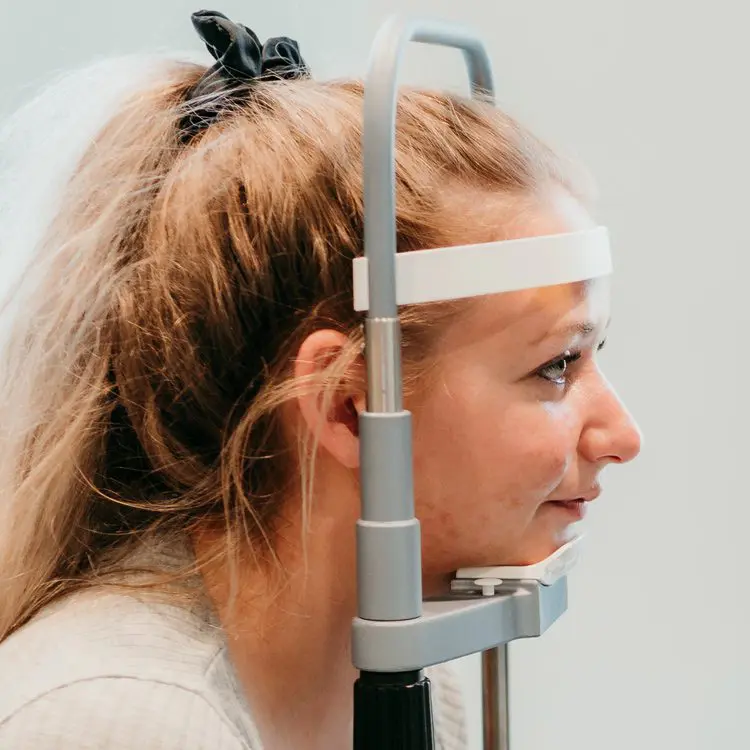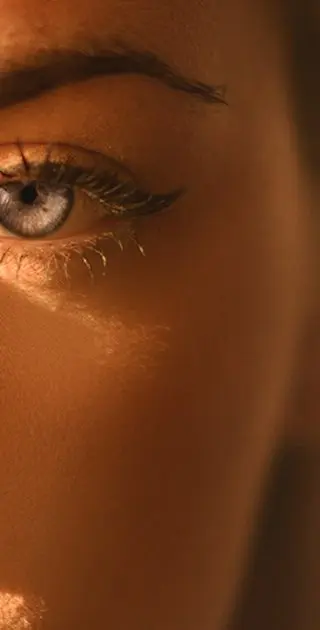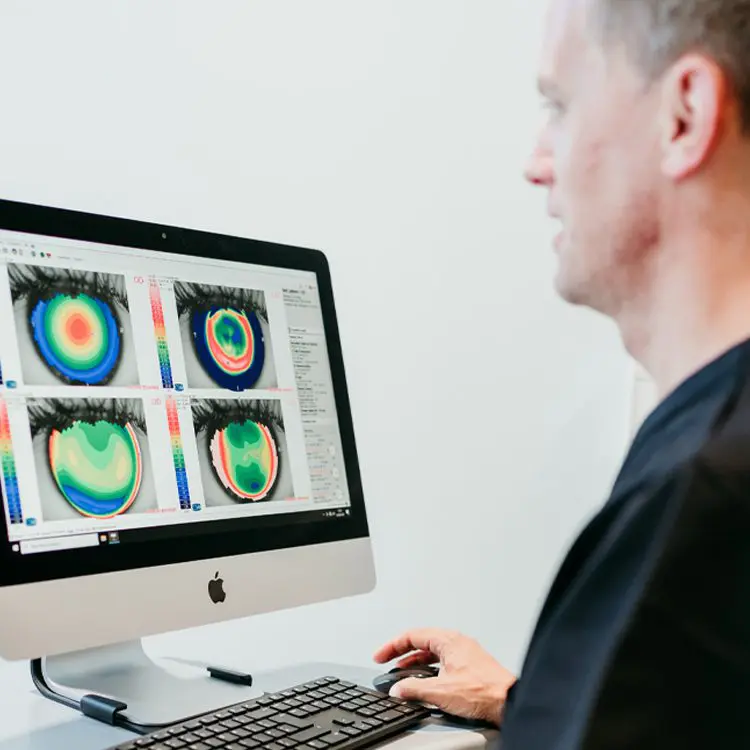




Narrow anterior chamber angles is an anatomical term to describe a shallowing of the drainage angle in the front part or anterior chamber of the eye. Fluid is constantly produced by the ciliary body and flows freely through the pupil into the anterior chamber of the eye before draining via the trabecular meshwork. In this condition, the peripheral iris and trabecular meshwork / cornea are in proximity, leading to a risk of occlusion of the drainage anterior chamber angle of the eye with a subsequent rise in intraocular pressure and onset of angle-closure glaucoma.
Glaucoma is a complicated disease / group of eye diseases that damage the optic nerve. The optic nerve transfers visual information from the eye to the brain and if it’s damaged, it can result in sight loss and even blindness.

What are the Symptoms?
What are the Causes?
Some patients have a greater risk of developing ACG including: those with family history of glaucoma, people with shallow angle anatomy / plateau iris configuration, advanced / mature cataracts, ocular ischaemia, people who are very hypermetropic, people over age 40 and people who have had eye injuries or surgery.



What is the Diagnosis?
Glaucoma is diagnosed by measuring the intraocular pressure using a Goldman applanation tonometer in conjunction with measurement of the central corneal thickness. Patients need full gonioscopic examination of the angle and assessment of the anterior chamber parameters using an anterior segment OCT. Glaucoma is the presence of an elevated intraocular pressure in conjunction with damage to the optic nerve and visual field loss. The visual field is assessed using a Humphrey Visual Field Analyser and the optic nerve via OCT and RNFL assessments.


Treatment Options
Choosing the right vision correction clinic for your surgery is paramount. This is a life changing procedure after all, and you need to have complete trust in your surgeon and care team of professionals.
Our Technology
We invest in the latest equipment hand chosen by our surgeons, so that we can deliver outstanding results with the safest surgery possible.